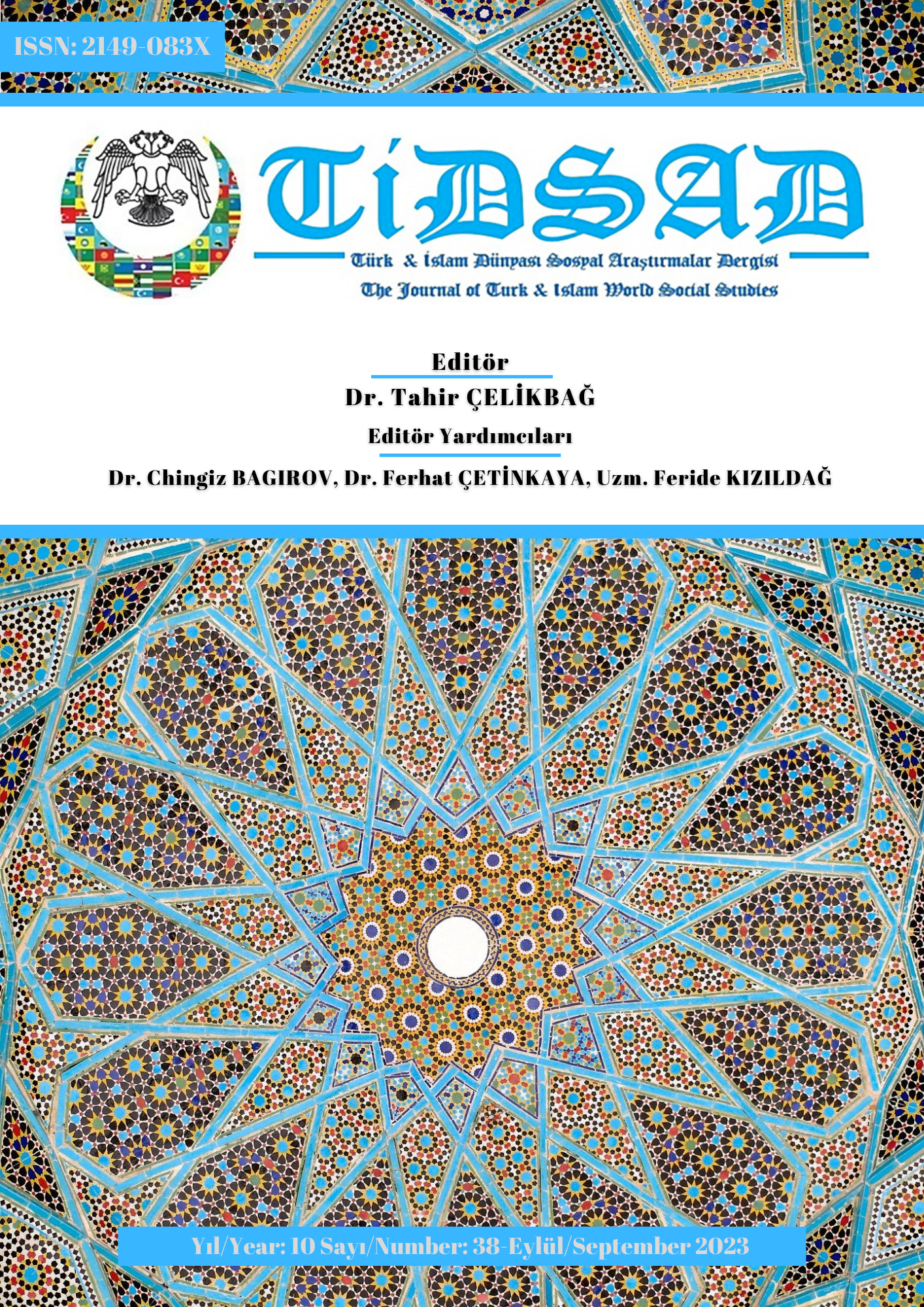Author :
Abstract
Türkiye'de göçmen odaklı medya ve sosyal medya çalışmaları, içerikte temsil edilen kadın ve çocuk göçmenlerin yerel halkta 'şefkat', 'empati' ve 'hoşgörü' duygusu yarattığını gösterir. Suriyeli göçmenler 'yabancı' olmaları nedeniyle ötekileştirici ve ayrımcı nefret söylemine maruz kalsalar da, Aylan Kurdi örneğinde olduğu gibi çocuklar ve kadınlar söz konusu olduğunda medyatik gerilim ve kamusal söylem yumuşar. Bu çalışmada, son yıllarda Suriyeli 'yabancı'nın medya gündemindeki yerini alan ve ırkçı söylemin yükünü paylaşan yeni bir göçmen türü olan Afganlar ve hegemonik söylemsel temsilleri incelenmiştir. Çünkü Afganlar özellikle medyada ve EkşiSözlük adı verilen dijital kamusal tartışma alanlarında 'öteki' olarak temsil edilmekte ve ırkçı söylemlere konu olmaktadırlar. Ancak Afganların Suriyelilerden farklı bir temsil 'nesnesi' olmaları onları özel kılar. Göç konvoylarında kadın ve çocukların yer almaması nedeniyle Afgan genç erkeklere yönelik 'terörist', 'sapık', 'tecavüzcü' ve 'gerici' gibi suçlamalar, yeni bir yabancı düşmanın yaratıldığını gösterir. Kadın ve çocuk göçmenlerin yokluğu, genç Afgan erkeklere karşı şüphe, güvensizlik ve hoşnutsuzluğu artırır. Bu çalışmada, kadın ve çocuk göçmenlerin olmadığı bir göçün toplumsal cinsiyet ve ötekileştirme açısından büyük krizler taşıdığına dikkat çekmek amaçlanmaktadır. Çünkü cinsiyet konusunda kadın dezavantajı yerini erkek dezavantajına bırakır ve Afgan göçmenleri suçlamak için sunulan en önemli gerekçe sadece erkek olmalarıdır. Bu çalışmada, çevrim içi bireylerin kamusal söylem üretmek için kullandıkları ortak bir platform olan EkşiSözlük'te 'Afgan Mültecilerin Erkek Yoğunluğu' nedeniyle üretilen ötekileştirme söylemleri analiz edilmektedir. Bu eleştirel analiz, Türkiye'de tanınan Afgan göçmen kimliğini ve bu kimliğin söylemsel kodlarını içermesi açısından önemlidir.
Keywords
Abstract
Migrant-oriented media and social media studies in Turkey show that women and child migrants represented in the content form a sense of 'compassion', 'empathy', and 'tolerance' in the local population. Although the Syrian immigrants are subject to othering and discriminatory hate speech because they are 'foreigners', media tension and public discourse soften when it comes to children and women, as in the case of Aylan Kurdi. This study examines Afghans and their hegemonic discursive representations, a new type of immigrant who have taken their place in the media agenda and share the burden of racist discourse in the recent years. Because Afghans are represented as the 'other', especially in the media and in digital public discussion spaces called “EkşiSözlük”, and they are the subject of racist discourses. However, the fact that Afghans are a different representation 'object' from Syrians makes them special. The accusations of 'terrorist', 'pervert', 'rapist', and 'reactionary' against Afghan young men due to the absence of women and children in migration convoys indicate the formation of a new xenophobia. The absence of women and child immigrants increases suspicion, distrust, and discontent with young Afghan men. This research aims to draw attention to the fact that a migration without women and child immigrants carries major crises in terms of gender and marginalization. Because the female disadvantage is replaced by the male disadvantage in terms of gender, and the most important justification for blaming Afghan immigrants is that they are only men. While determining the problem area to be examined, our basic research question is; “The presence of women, elderly, and child immigrants in the migration movement is an important social problem. So, how big a social problem is the absence of women, elderly, and child immigrants in the migration movement? In this study, the othering discourses produced due to the 'Male Density of Afghan Refugees' in EkşiSözlük, a common platform used by online individuals to produce public discourse, are analyzed. This critical analysis is important in that it includes the Afghan immigrant identity recognized in Turkey and the discursive codes of this identity.





